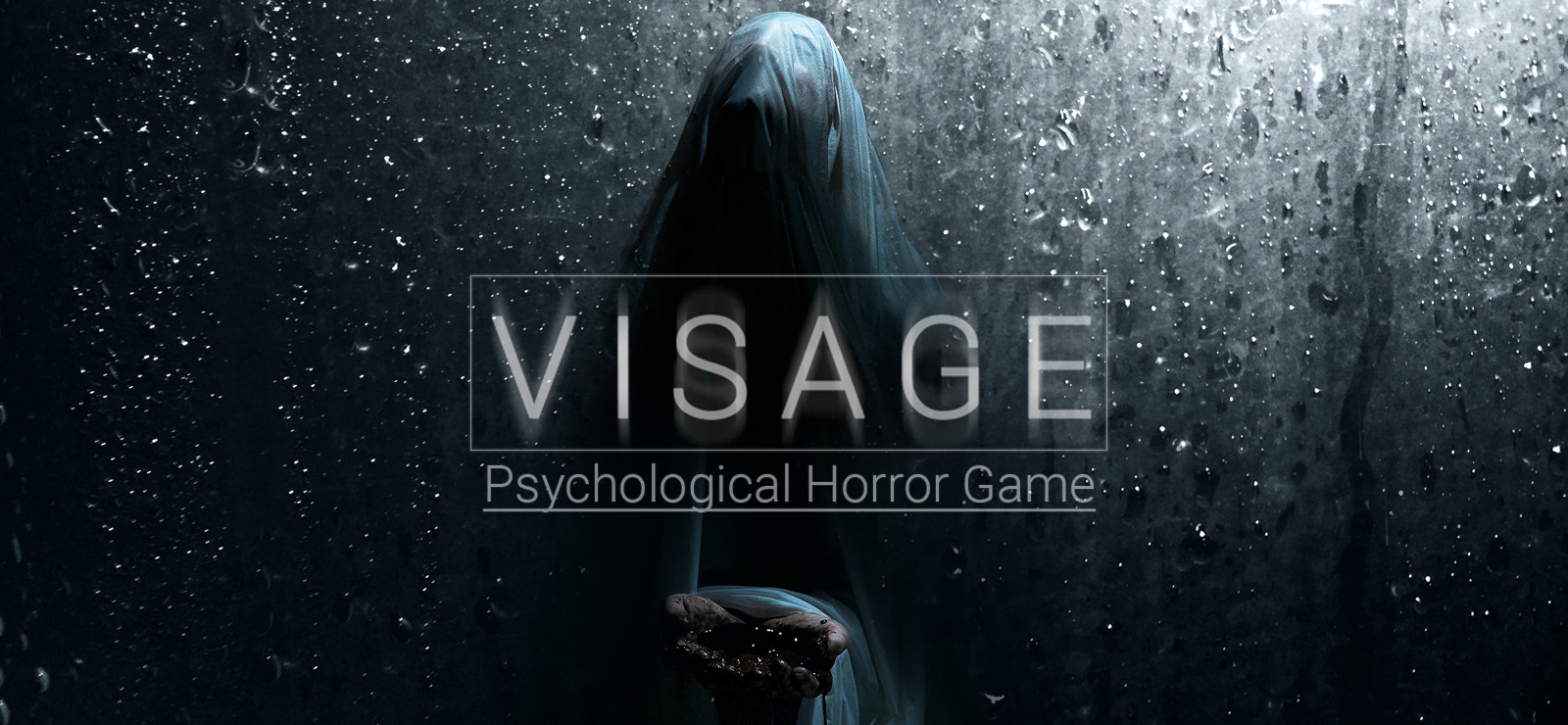Is it possible to play Visage on Mac?
Visage is a first-person game developed by SadSquare Studio in the genre of psychological horror. Explore a massive house warped by the horrors that took place in it. Rooms change once you leave them and enter again. Corridors don’t lead where they should. Ghosts haunting the mansion watch your every step from dark corners. They will attack if they sense the opportunity, but maintaining a high sanity score will stave them off. What could have happened here, for this place to alter reality so thoroughly? Madness has touched the minds of previous inhabitants, causing them to turn on each other, committing murder and suicide alike. How did this happen? Who – or what – was behind that? Explore this inhospitable place and uncover the answers, lest you perish and become one of the shadows in the corner yourself. Search for the clues to put together grisly stories of what has happened in the past; no matter how dreary the experience is, it is your only way out. The game is available on PS4 & 5, Xbox One & Series X/S, and Microsoft Windows. Although macOS did not receive official support, it is still possible to play Visage on Mac. Read the guide below for instructions.
Play Visage on Mac with Parallels

Visage requires lots of PC resources, but if you have a powerful Mac computer (iMac, iMac Pro, or Mac Pro) Parallels Desktop can be a solution. This is an application that allows for Windows virtualization on Mac with the full support of DirectX and GPUs. In simpler terms, what this means is that it allows you to install Windows 10 on Mac with just a couple of clicks and switch between MacOS and Windows instantly. So you will be able to run Windows, install Steam, and enjoy the Visage game on Mac just like on a regular PC.
Note: Recommended devices to run resource-demanding games: MacBook Pro (models with an Intel processor, discrete graphics cards, and 16 GB of RAM or more), iMac (models with Intel processor, discrete graphics cards, and 16 GB of RAM or more), iMac Pro (all models are suitable), Mac Pro (all models are suitable). Parallels on Mac computers with M1 (M1 Pro, M1 Max) chips may not support recent games. Games that require DirectX 12 and later are currently not supported by Parallels. AppsOnMac recommends using Parallels’ free trial feature to determine whether you can run the game or not if you’re uncertain.
Play Visage on Mac with cloud gaming services

If you have an old Mac or it cannot satisfy the Visage game system requirements, there is an easy solution. Cloud gaming services will be happy to provide you with sufficient computing power – though not for free, of course. All you need is a browser or a small client program and a good internet connection starting from 15 MBit/s. There are several great platforms that provide these services, among the best are Boosteroid, Xbox Cloud Gaming, and Nvidia GeForce Now. As Boosteroid has Visage in its game library, it is an excellent choice for those seeking to try the game out.
Play Visage on Mac with BootCamp
Note: Mac computers with new Apple Silicon (M1, M2, M3 Pro, or M1, M2, M3 Max) currently do not support BootCamp. In this case, please, use the options above to run Visage on Mac
This method is simple but time-consuming. If your Mac meets all the system requirements above, you can play Visage on Mac by installing Windows. You need to set up a dual boot of Windows and Mac via BootCamp. This is an application that allows users to choose the system to work in on startup, however, you won’t be able to switch between systems like in Parallels. You will need to reboot your machine every time you want to switch from Mac to Windows and vice versa. Remember that Mac is just a computer, in the end. And while newer Macs have their own special Apple Silicon chips that cannot run Windows, older Macs are very much similar to computers that run Windows, they have Intel processors, compatible RAM, disks, and other components. So you can install Windows on an older Mac by allocating no less than 64 GB of disk space (to be able to run Windows and a couple of games) and following these steps:
For OS X El Capitan 10.11 and older
For MacOS versions prior to OS X El Capitan 10.11 you will need to create a bootable Windows USB.
- Download this Windows ISO file.
- Open Boot Camp Assistant (Go to Applications > Utilities).
- Define the Windows partition size and choose the Windows ISO file you’ve downloaded.
- Format the Windows partition and go through all Windows installation steps.
- When Windows boots for the first time follow on-screen instructions to install Boot Camp and Windows support software (drivers)






